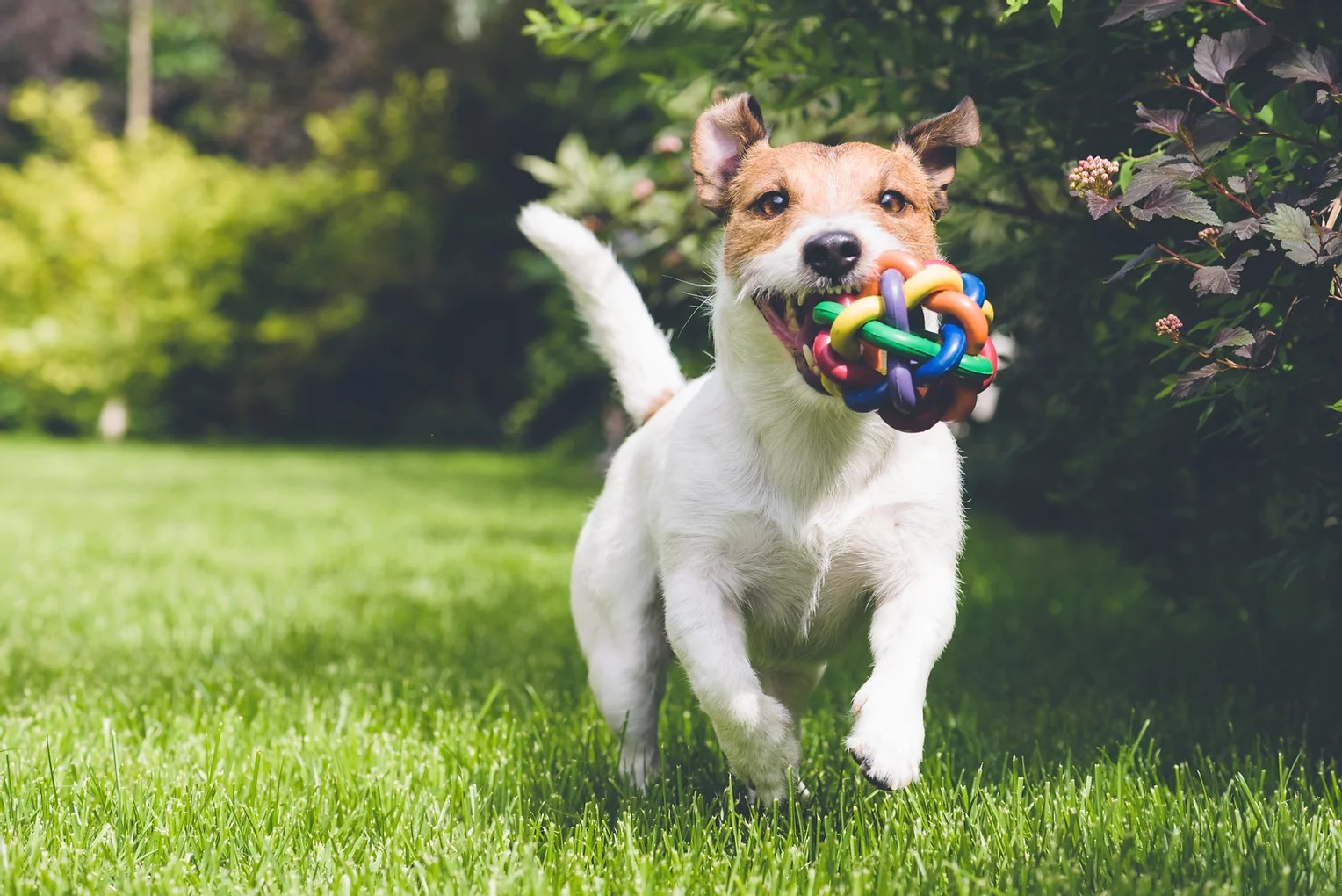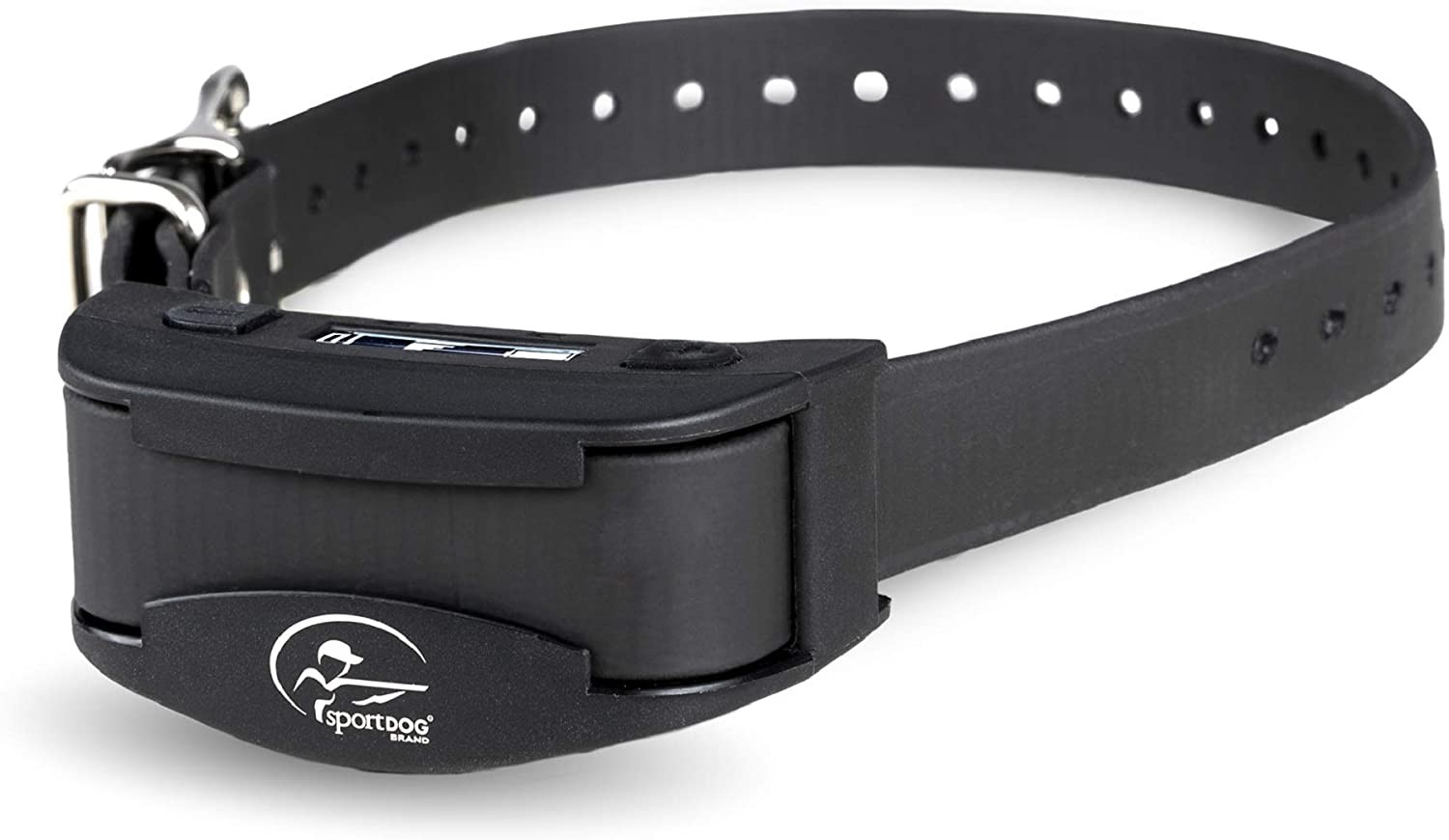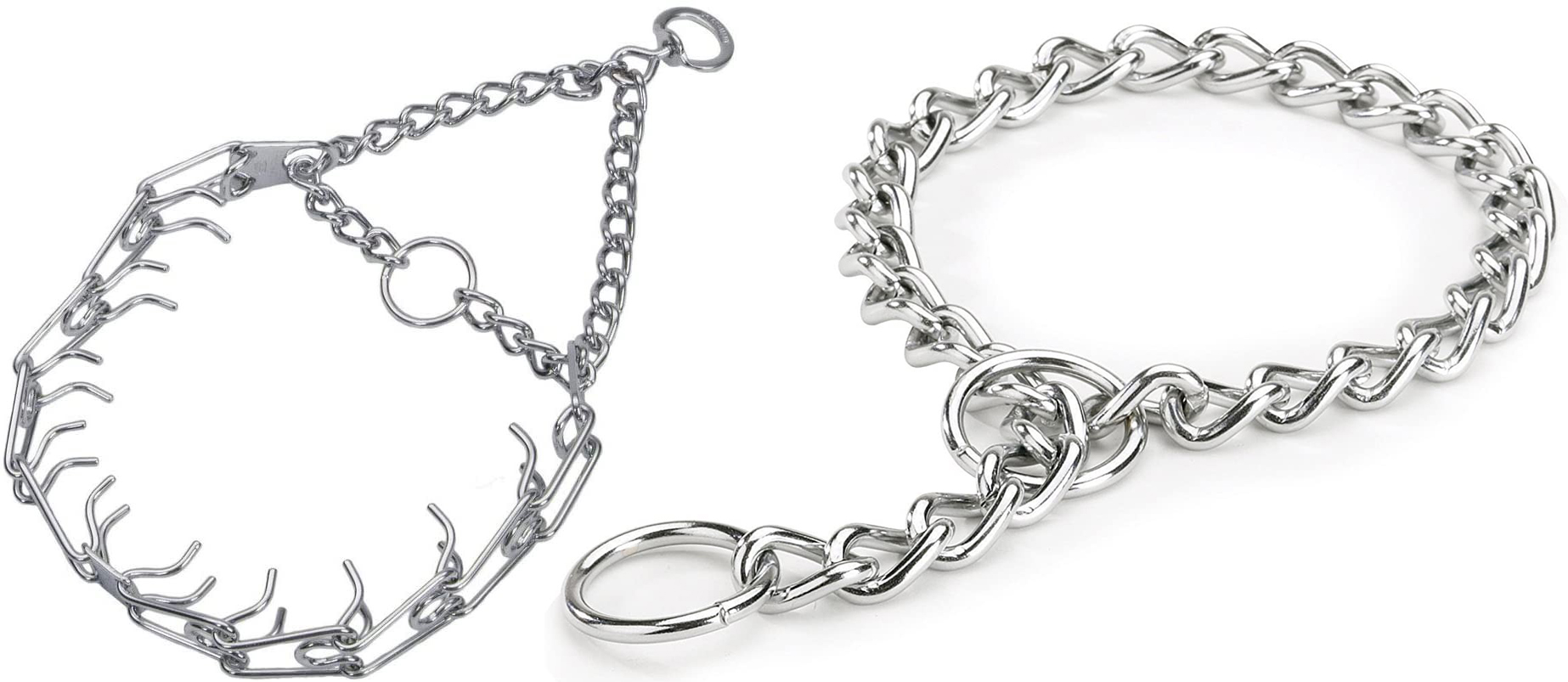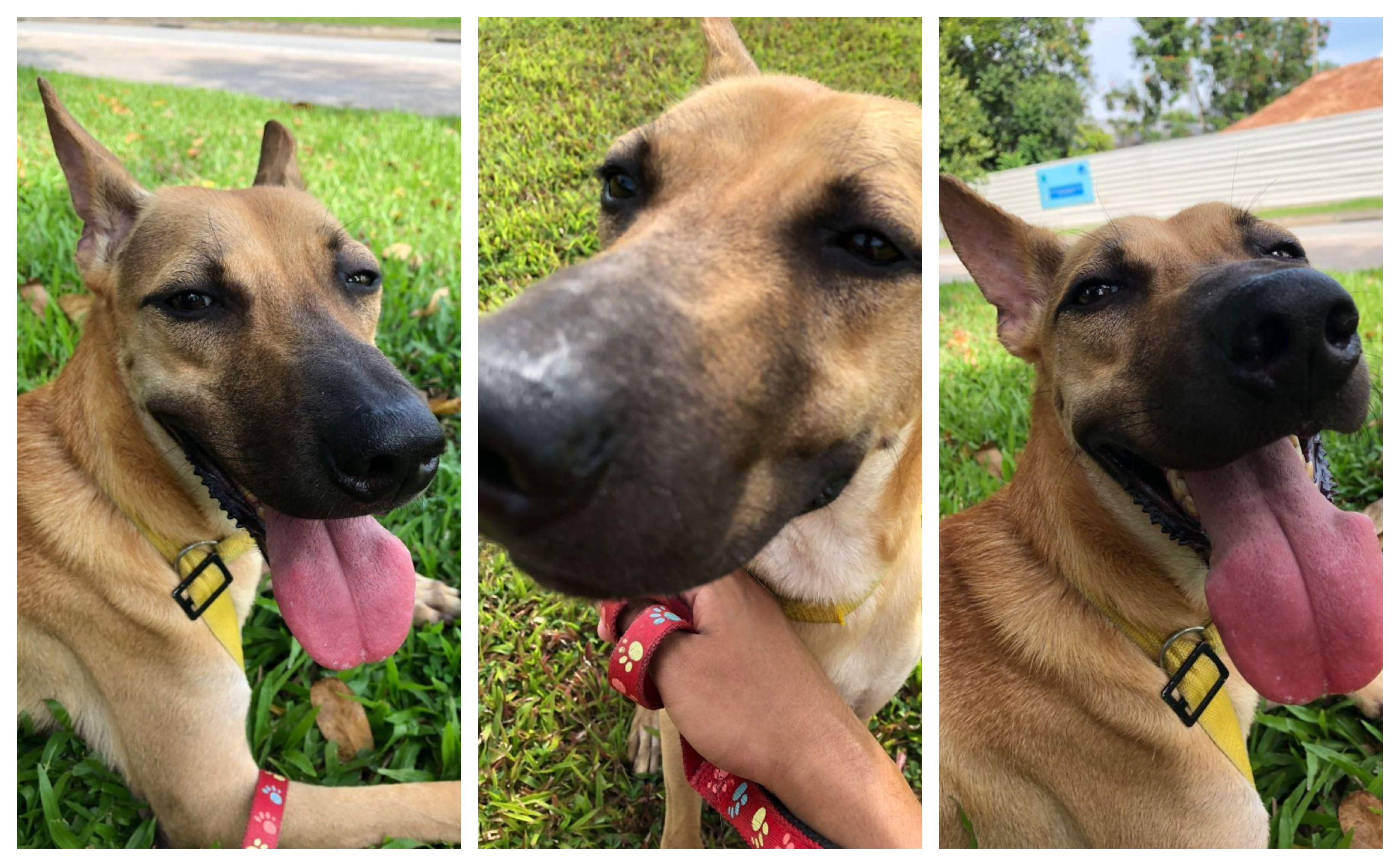Positive Reinforcement: Why It's Good For Your Dog
Picking the right training for your dog does not have to be a difficult decision. It’s simple, really; you love your dog and you treat them like family, just like you would your son, daughter or sibling.
Dogs long for love and affection, too. They reflect your energy, and all they aim to do is to please you. It’s a partnership, not a master-dog relationship, that you are building. You never want to break their spirit, but you want them to grow up happy and healthy.
And that’s why positive reinforcement is the form of training to choose.

What is positive reinforcement training?
“Basically, it is a form of training which rewards good behaviour and ignores the bad behavior,” says Angie Tan, Certified Dog Trainer and Founder of dog training school Puppylove. “It lets the dog think a lot more, as it has to figure out how to get the reward.”
Positive reinforcement could be reward-based dog training, clicker training, force-free dog training or science-based dog training. You’ll be correcting their behaviour without risking its health, welfare, and its relationship with you. More importantly, you won’t break your dog’s spirit.
What is not positive reinforcement?
✖︎ Using a shock collar
Stopping a shock and providing “relief” from accessories such as shock-collars, is not the same as a positive reinforcement reward. These collars have been proven to cause behavioural problems in dogs such as extreme stress, anxiety, depression, and aggression.
These collars may also result in physical injuries such as burns, skin irritation or cause them to tremble, urinate or defecate.
Dog owners who shock their dogs when they bark excessively may unknowingly stop a potential warning sign from their dogs and end up getting bitten. Dogs bark and jump to communicate with us, but if we punish them every time they try to communicate, we are causing them to live in silence and pain.

Shock collars only suppress behaviour and do not address underlying issues; a quick fix for owners but not for dogs. Besides, if you would not send electric currents up your child’s neck, there is no reason to cruelly do that to your dog either.
The use of shock collars is deemed unnecessary and inhumane by many respected veterinarians and dog organisations around the world.
✖︎ Using a choke chain
Another aversive tool is the choke chain which can cause problems and injuries to your dog’s trachea and oesophagus if used wrongly.

It could also lead to other injuries such as damaging blood vessels in the eyes, nerve damage, transient paralysis or, in the worst-case scenario, death, as reported by The Humane Society of The United States.
Note: giving your dogs treats while having them on a choke chain does not mean positive reinforcement.
✖︎ Using the alpha-roll technique
Another type of punishment is the alpha-dog approach where “humans need to dominate their pet dog to get them to behave” has been debunked by many trainers worldwide.
TRIGGER WARNING: Some may find the following video disturbing. Viewer discretion is advised.
“The alpha-roll, in which [Cesar Millan, known for his television series, “Dog Whisperer”] pins the dog on its back and holds it by the throat - is downright cruel,” says Positive Reinforcement Trainer, Victoria Stilwell.
Forcing any part of your dog down is also brutal and unnecessary. If you have empathy and compassion for your pets, there is no reason to resort to using this method.
Why is positive reinforcement training a better option?
✔︎ The trainings stick
Positive reinforcement training might take a little longer for your dog to learn a new behaviour (like an off-leash sit), but the behaviour sticks, and you will not be compromising their physical and mental health.. Conversely, using aversives might get quick results, but the behaviour might not stick.
✔︎ It enhances the human-canine bond
Positive reinforcement training gives dogs good experiences and dogs will want to practice the desired behaviour more, which makes it more pleasant for everyone. Don’t worry, training is fun for both you and your dog. And once you’ve earned their trust, it will definitely enhance your relationship.
✔︎ Less fallout
With positive reinforcement, there will be less fallout. There will be fewer chances for things to go wrong, like your dog turning aggressive or shutting down because they are afraid of getting punished.
✔︎ Better for animal welfare
According to Herron, Shofer, Reisner (2009) in the Applied Animal Behaviour Science journal: “Ultimately, reward-based training is less stressful or painful for the dog, and, hence, safer for the owner.” The study also states that “if you’re aggressive, your dogs will be too”. Proof that punishments and aversive methods will not work in the long run.
The type of training you choose for your dog should be what’s best for your dog, and not what’s convenient for you. If you're inclined to opt for the latter, then I urge you to think twice about keeping a dog. Having a dog means having lots of patience. Therefore, practice patience. Not only is it a virtue, it’s a muscle!
For the latest updates on Wonderwall.sg, be sure to follow us on TikTok, Telegram, Instagram, and Facebook. If you have a story idea for us, email us at [email protected].











